Will they, won’t they: RBA facing rate cut decision
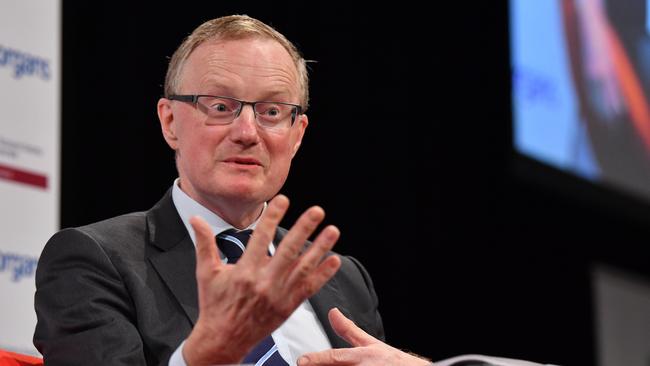
With deposit rates scraping along at near zero, there’s little scope for banks to ease the margin-pain from lower lending rates.
You can also rest assured that federal Treasurer Josh Frydenberg will be twisting the industry’s arm to breaking point to ensure customers benefit from maximum pass-through of the RBA rate adjustment in the shortest possible time.
That’s why UBS said on Monday it was reviewing all Australian bank ratings and price targets, pending the outcome of the RBA board meeting and any announcement from Monday’s meeting of the Council of Financial Regulators.
UBS noted that, despite recent share-price falls, valuations remain stretched at 1.6 times book, with banks highly leveraged to interest rates and economic activity.
If there were any doubt about the market’s position on a rate cut, it was resolved Monday morning when the RBA’s overnight index swap rate, which is used to manage exposures to cash-rate movements, opened at just 0.15 per cent by August.
With the RBA signalling a cash rate floor of 0.25 per cent, this suggests that investors have priced in quantitative easing.
The outlook has changed rapidly and significantly from the last RBA board meeting in February, as global equity and debt markets react to the coronavirus spreading beyond China.
It was only days ago that telco companies and banks emerged from the half-year reporting season as the only sectors with earnings upgrades.
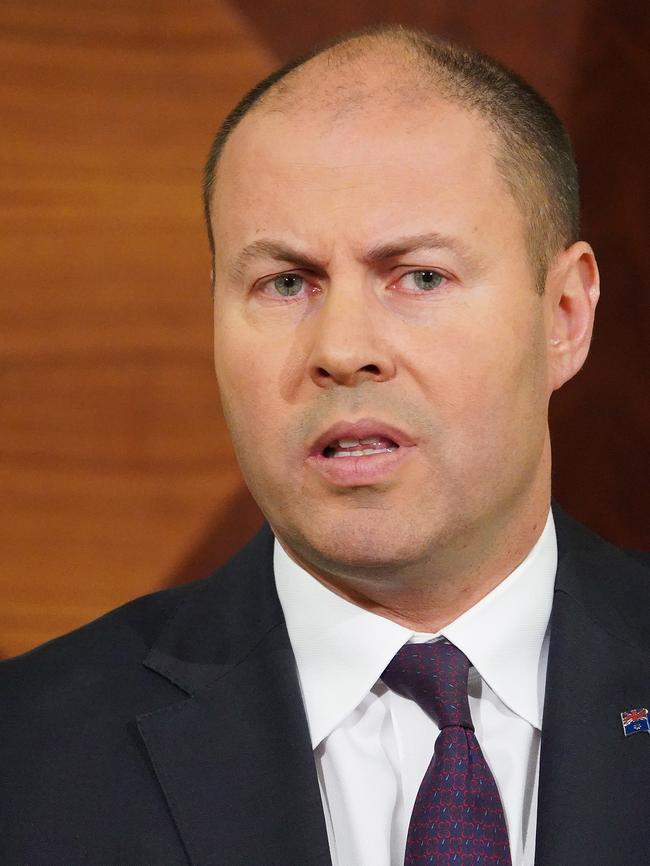
It’s a mug’s game to try and predict the future direction of equity markets - the S&P/ASX 200 has fallen 10 per cent in a week five times in the past 40 years.
Investors have just witnessed the fastest correction from a previous peak in the history of data collection.
In three of the five previous episodes (October 20, 1987; October 28, 1997; January 22, 2008; October 10, 2008 and August 8, 2011), the market subsequently rallied, up an average of 3 per cent in the following week, according to Goldman Sachs.
From there, the performance was mixed.
In relation to those times, the RBA cut the cash rate twice at its following meeting, remained on-hold twice, and actually hiked after the January 2008 correction.

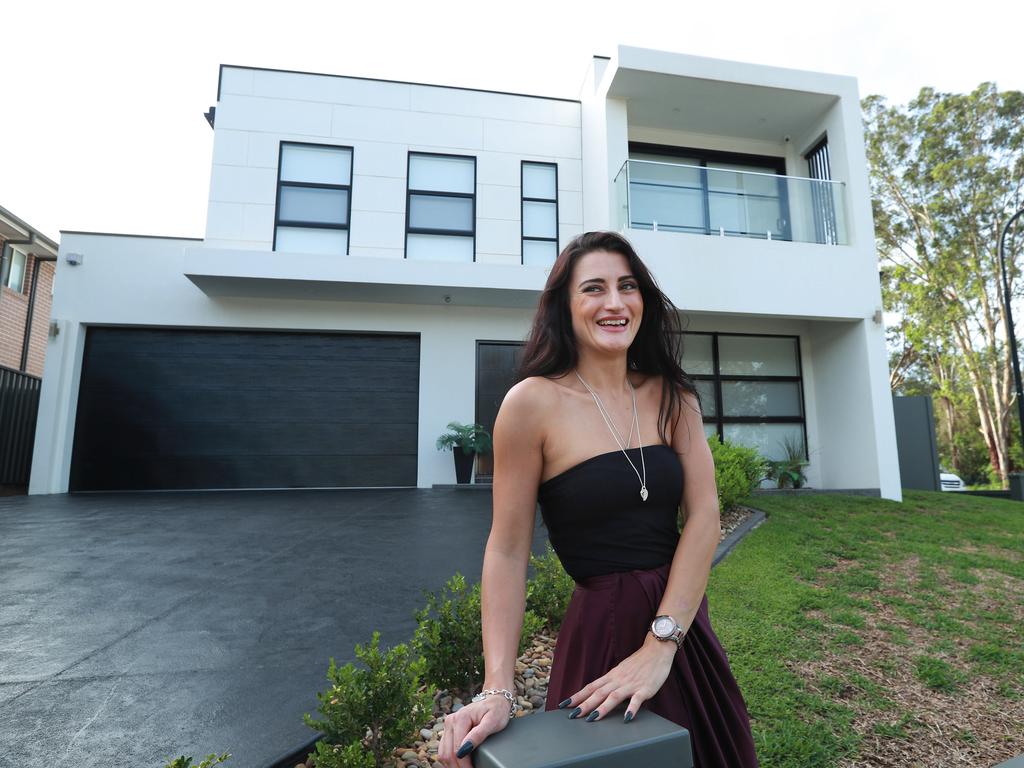
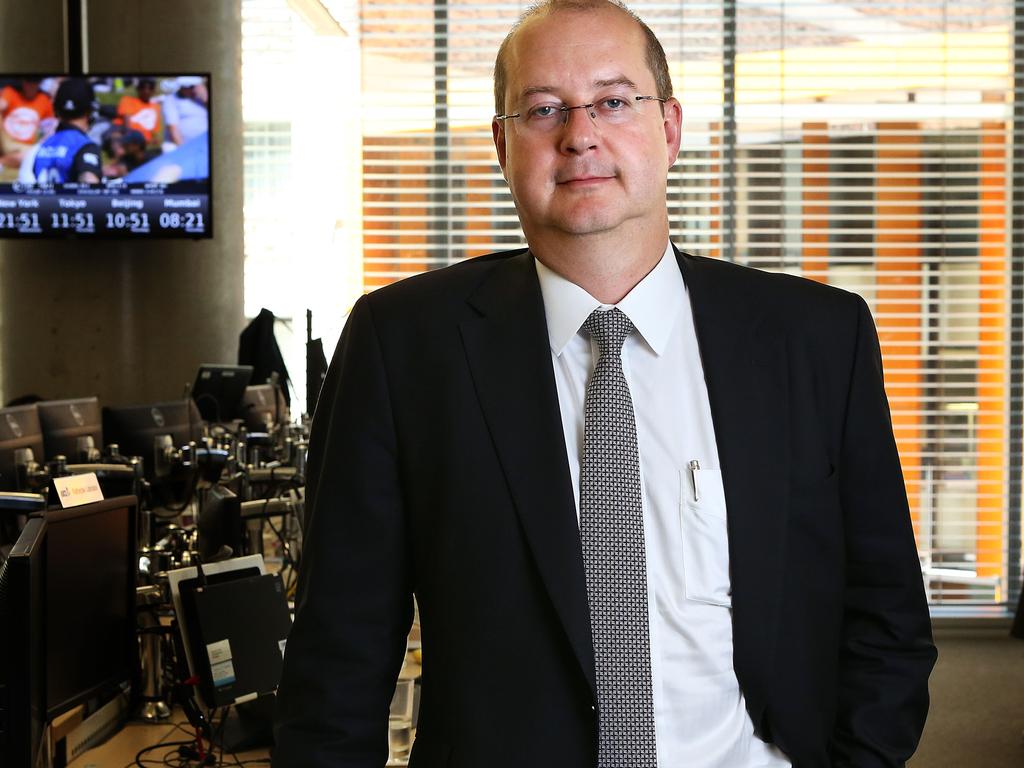

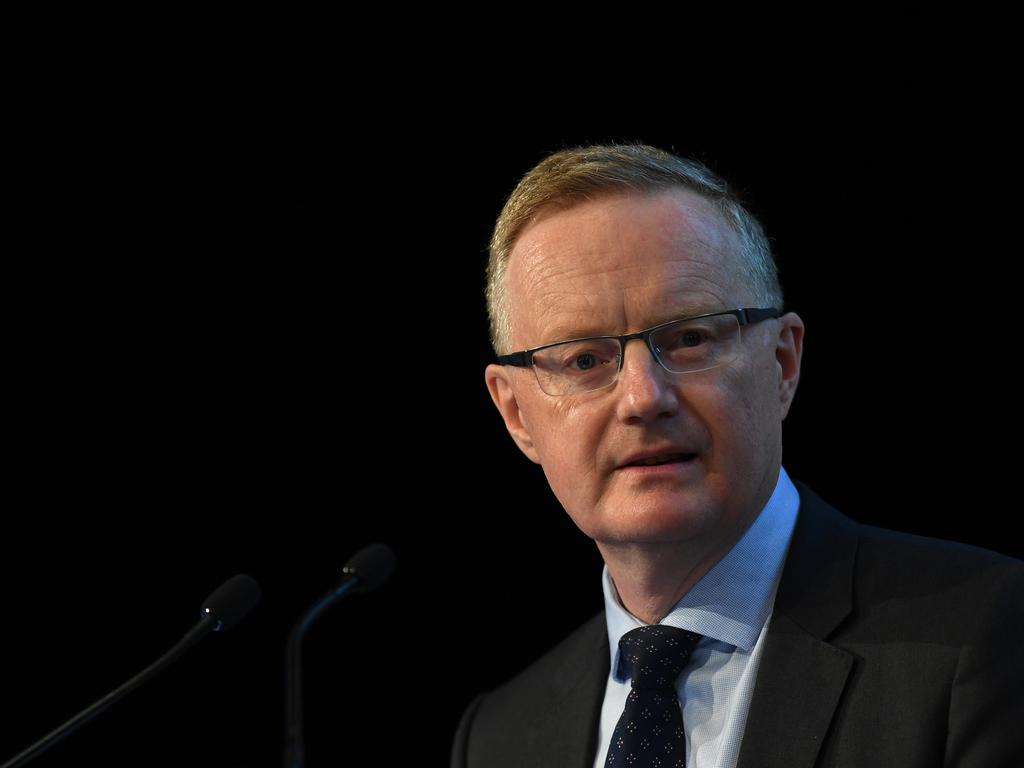


The hammer will drop on bank interest margins if, as expected, the Reserve Bank of Australia (RBA) announces another emergency rate cut on Tuesday.